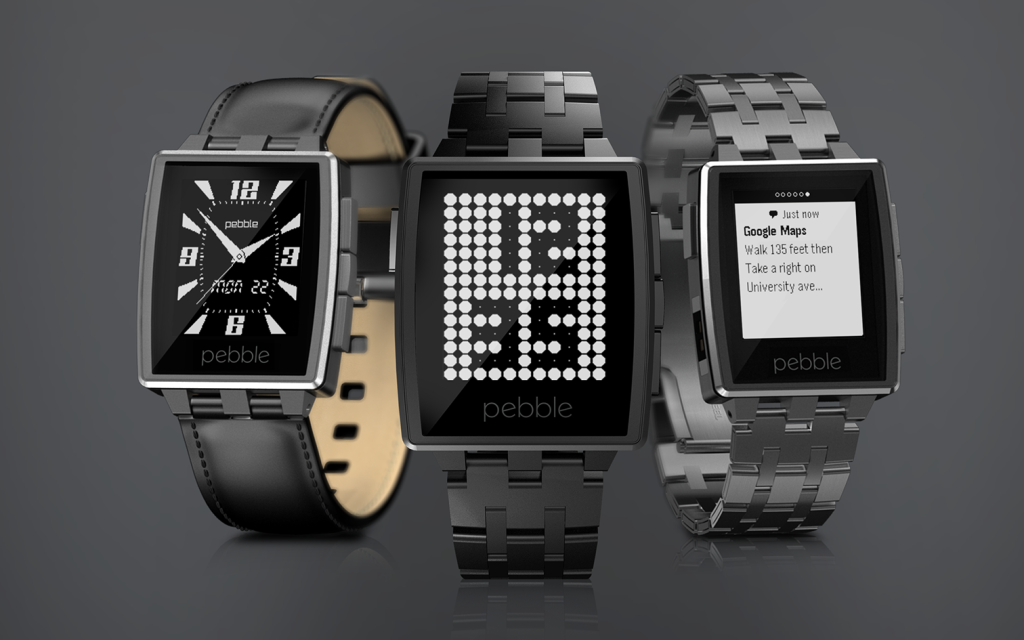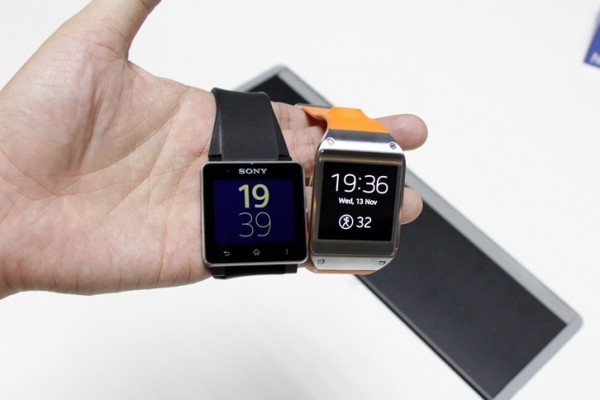
Smartwatches (and wearable devices) are an emerging technology that are still trying to find a niche in the already crowded consumer electronics market. Unfortunately, manufacturers are looking in the wrong places with their push to ensure that worn technology complements smartphones. This is an understandable considering the inherent risk in selling new products in what is possibly an extremely new market. But what exactly are they getting wrong?
Find out after the break.
1. Creating a smartphone accessory
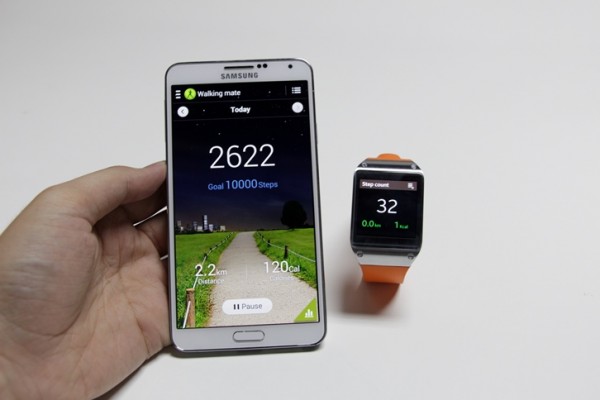
Almost every wearable device on the market is meant to be paired with a smartphone. On one hand, this makes sense. There is extremely limited space on a persons’ wrist, and current technology doesn’t allow for too many things to be crammed into a watch. Because of this, it makes sense to hand off most of the functions to the larger and more capable device.
However, doing this makes us wonder why we need a smartwatch to begin with. It doesn’t take that much effort to check your phone when it vibrates; plus it is much easier to continue with replying if the messages contain something important. Having a separate screen for checking notifications fails to achieve what technology sets out to do, i.e. simplify tasks so our lives are more efficient.
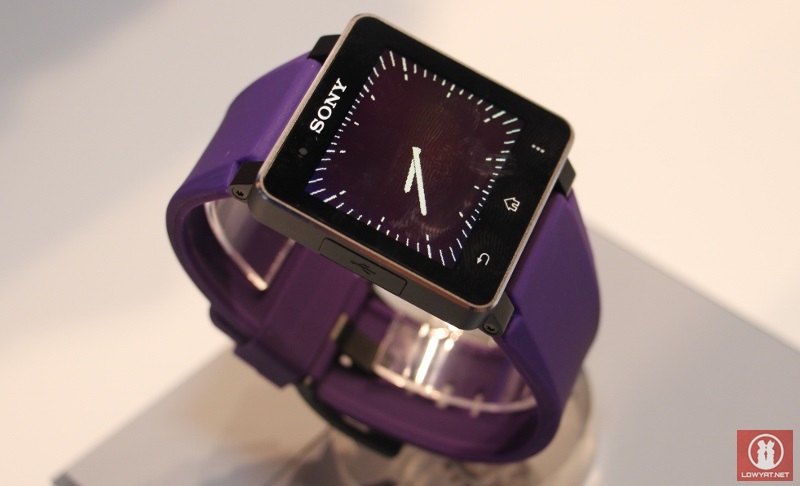
If we want wearable technology to take off, they will have to add something to our user experience. Samsung’s Galaxy Gear, Sony’s Smartwatch 2, and Pebble fail at this because they were created as extensions of the smartphone. Google Glass should sell better because it aims to reduce the smartphone to little more than a place to get a data connection (and at one point make it complete obsolete). Although Glass creates a whole set of well documented problems.
A good place to start would be to take note of the fitness bands that are becoming more popular. These bands aren’t exactly smartwatches, but they don’t set out to be. Instead of becoming an extra display for your phone, they augment its capabilities by adding additional sensors. Which is precisely what a smartwatch should do, increase the functions of your smartphone.
2. Using the wrong look
A long time ago, calculator watches were quite popular with geeks and technology enthusiasts. These large blocky designs were acceptable because geeks didn’t care what they gadgets looked like, as long as they got to use the latest technology. While geeks soon learnt about style, their amazing watch technology did not.
The current generation of smartwatch still looks like a large slab of plastic on a plastic strap. To be fair, it does describe what a smartwatch looks like. However, that doesn’t quite fit into the modern idea of what a watch should look like. For instance, this is what a grown-up tends to wear now.

In contrast, the Galaxy Gear looks like this.
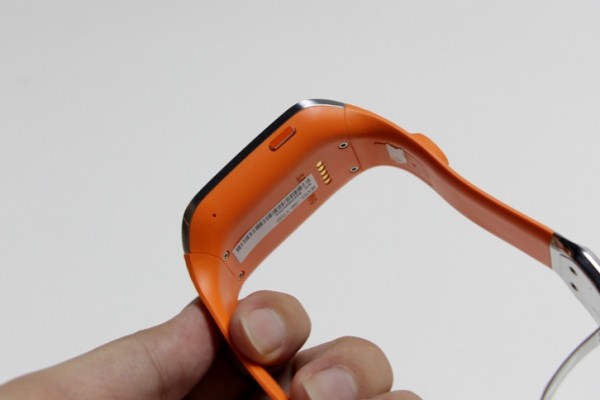
And the slightly less garish Pebble looks like this.
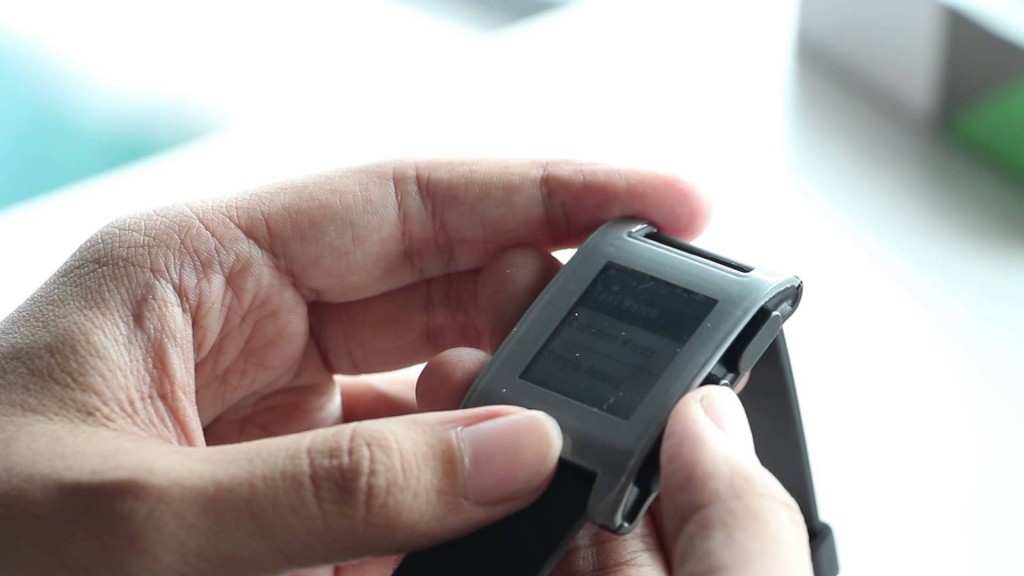
Neither looks like it belongs outside of a secondary school. These are not cheap devices, and if someone were to buy one it wouldn’t be too much of a stretch to be able to wear it everywhere. Or at least as many places as possible without drawing strange looks.
Fortunately, this is one place where some manufacturers are picking up. Pebble’s Steel actually looks like a sophisticated watch. Switching to a more traditional stainless steel chain link strap has works wonders for the whole look. Shortening the device itself doesn’t hurt either.
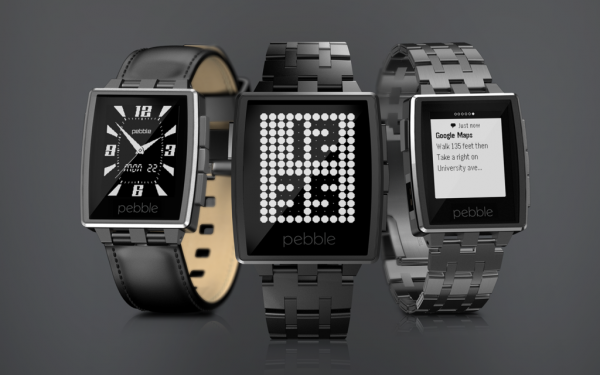
If this the direction that other manufacturers take, we should be in good hands. At least as far as how smartwatches look. Otherwise, we are in for a bumpy ride while wearable technology finds out where it is supposed to belong and what it is supposed to look like.
Follow us on Instagram, Facebook, Twitter or Telegram for more updates and breaking news.


